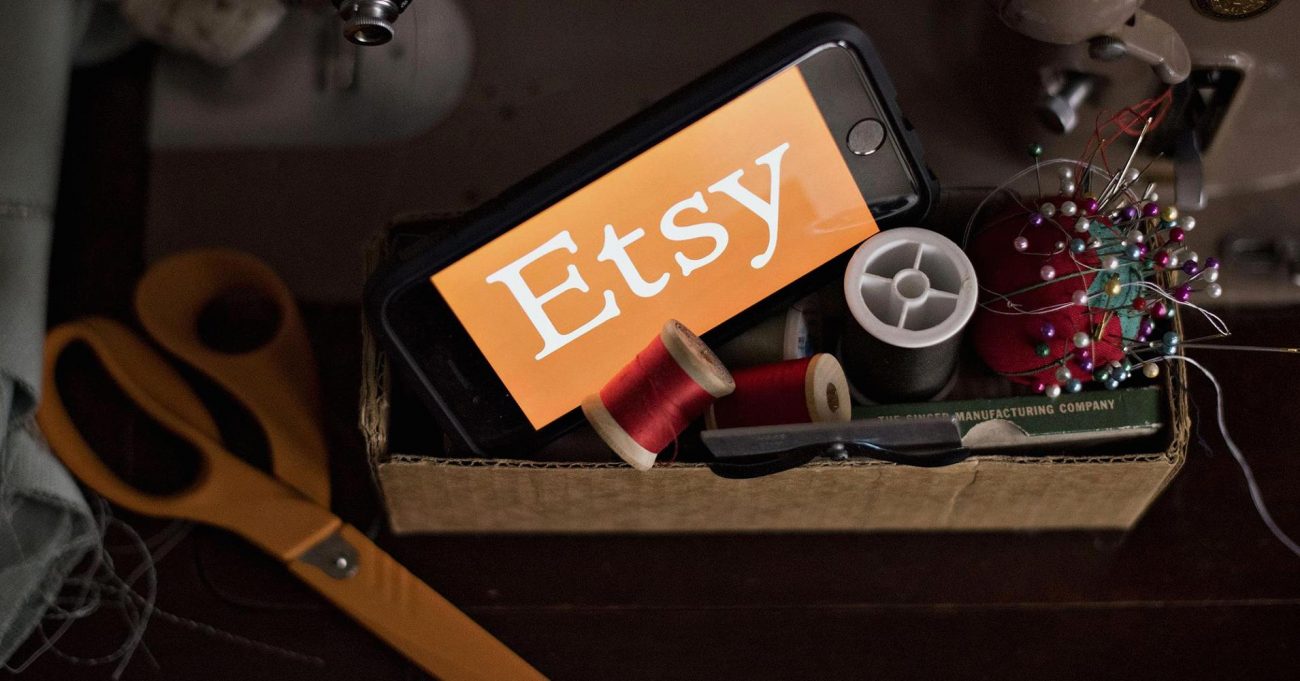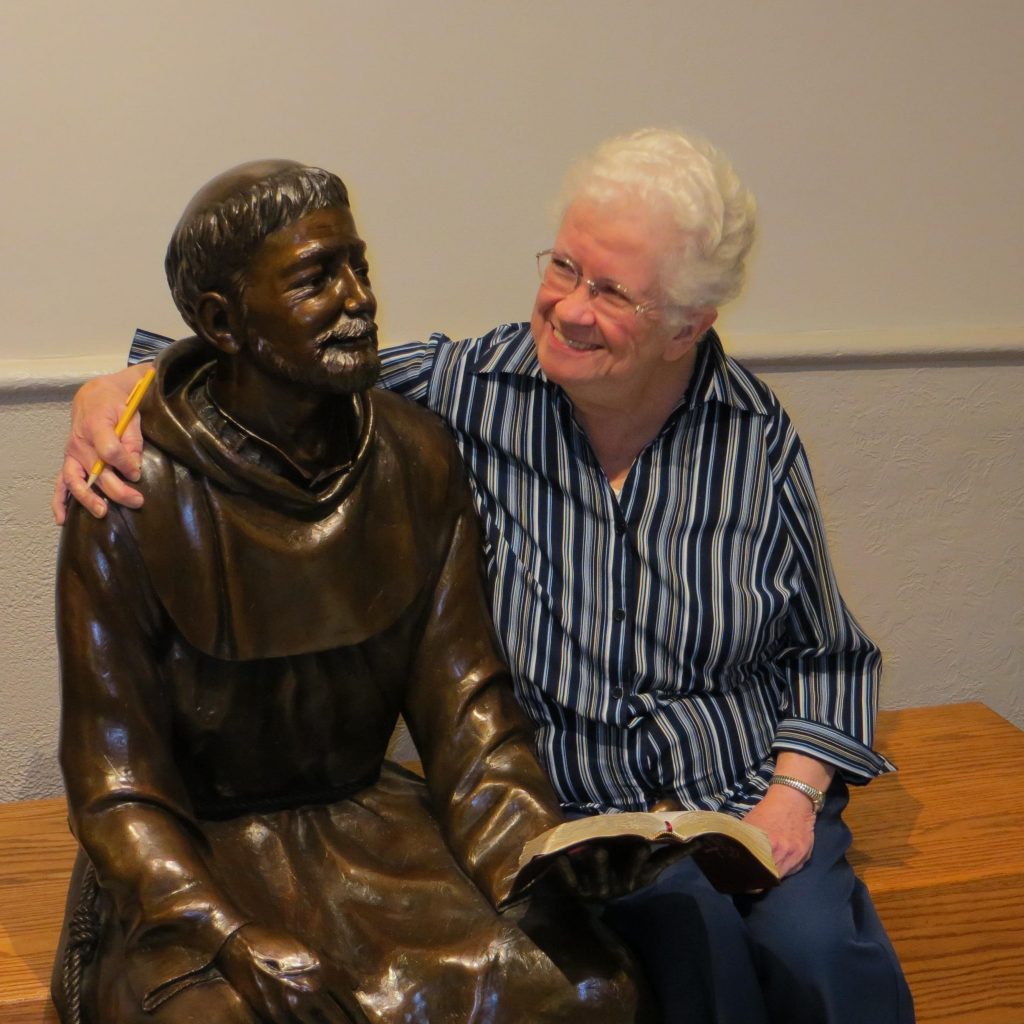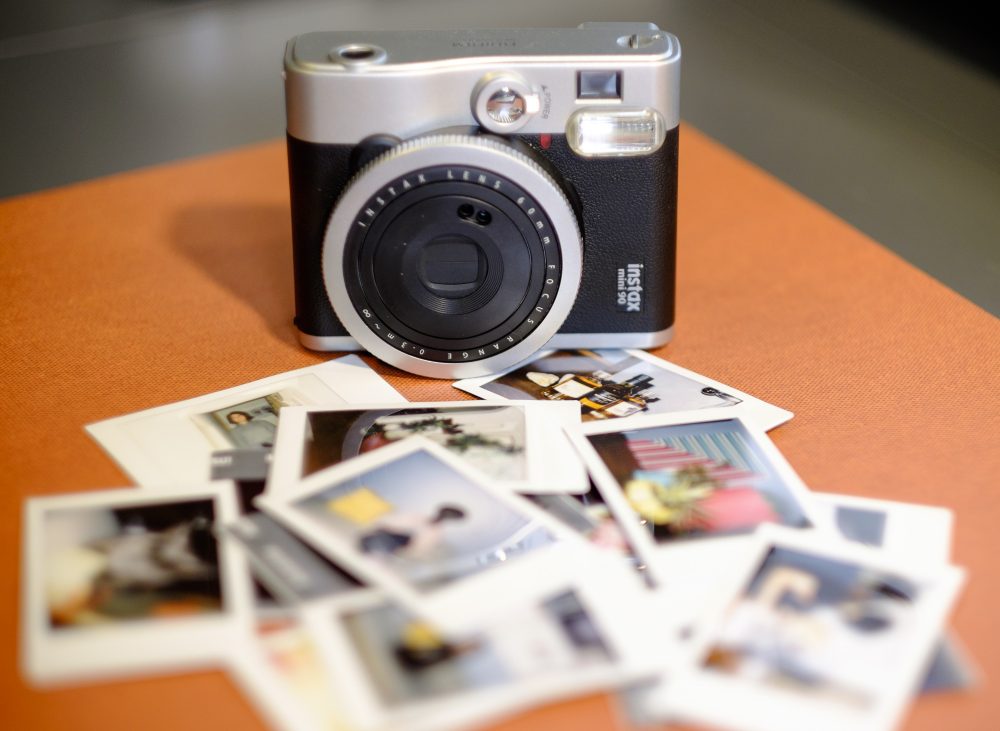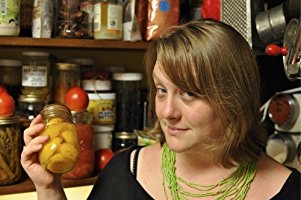How Etsy gives crafts people access to an online market
By Jian White
The holidays are on the horizon. People across the country are searching for the perfect gifts to surprise their family and friends with, as well as treating themselves to something special. However, they aren’t shopping only in the traditional department stores anymore.
They’ve taken to the internet to do a lot of their holiday shopping. However, it’s not only the big box stores seeing all this extra influx of customers. Small business owners are seeing it too, even shops that don’t have their own website.
This age of mass produced items has shifted some people’s values. More people want to connect to the people making their items. “I really feel good about buying things that have a story behind them,” said Sophie Mongoven, a senior at Bryn Mawr College. “I also like buying things for myself and other people that you know everyone else won’t have.”

“It feels really good when you buy jewelry or accessories and someone asks you where you got it and you can say that it was one of only five made and add in the interesting background story of the owner.” said Mongoven. “That’s why I really like shopping on Etsy compared to bigger stores.”
Shopping isn’t only getting personal. It’s getting handmade.
Mongoven isn’t the only one who enjoys buying unique, handcrafted items with a story. Statista.com reported that Etsy annual merchandise sales had risen to 2.39 billion dollars in 2015 from 895 million in 2012. Etsy is currently the home to 1.7 million active sellers with upwards of 27.1 million active buyers across the world, since opening its online doors in 2005.
Etsy found its niche within the handcrafted world of online goods. It appeals to artisans, thrifters, and crafters alike to showcase their talents and finds with the rest of the world. People are selling every from their vintage clothing to art prints. “It’s really easy to get art prints that aren’t too expensive and not everyone else has on Etsy.” said Mongoven.
The site has built a community around not just for buyers like Mongoven, but also for the crafters that are selling on Etsy itself. That’s what sets it apart from other retailers like Amazon and eBay. Sellers and buyers alike can come together to ask questions and share ideas on Etsy online forums boards. Continue reading







